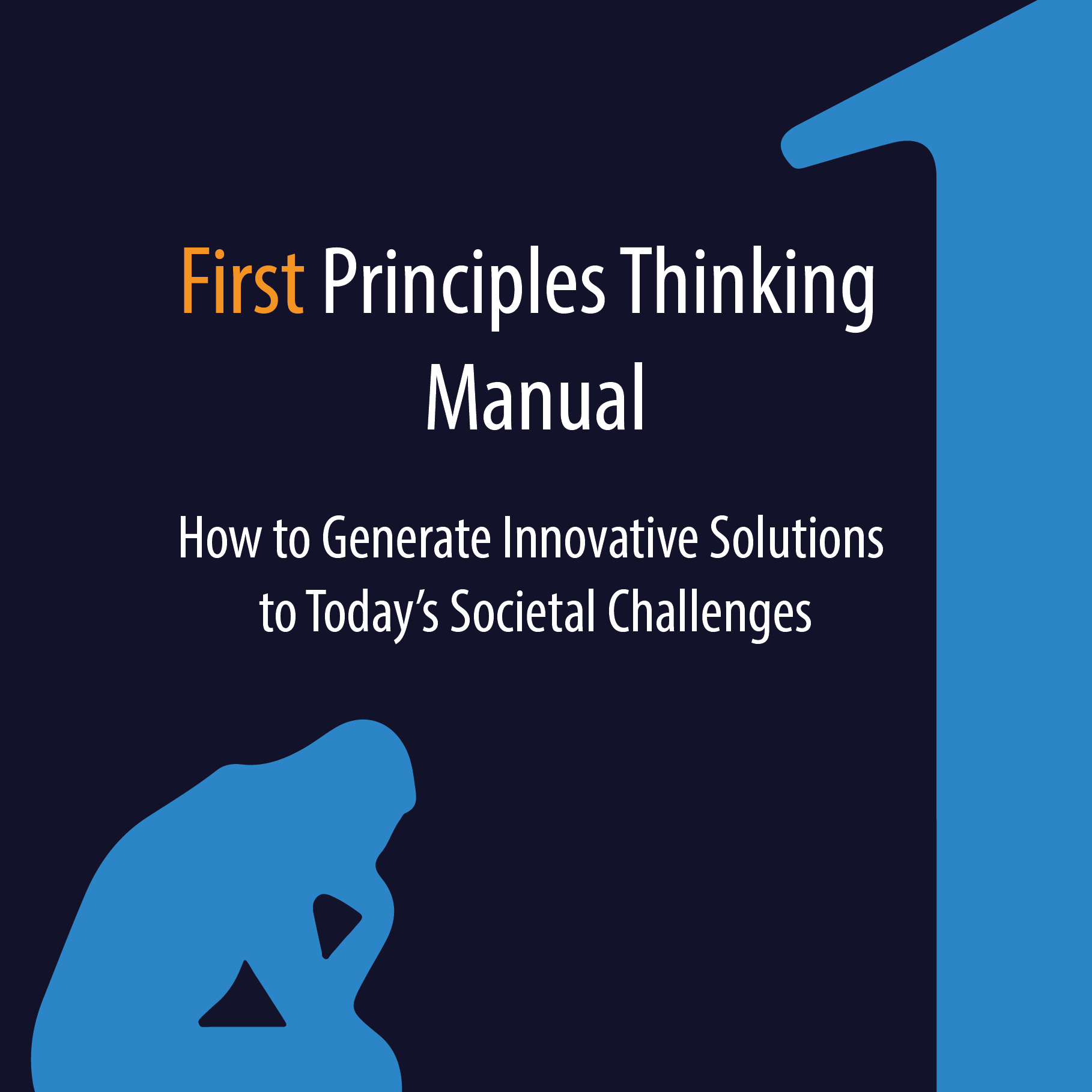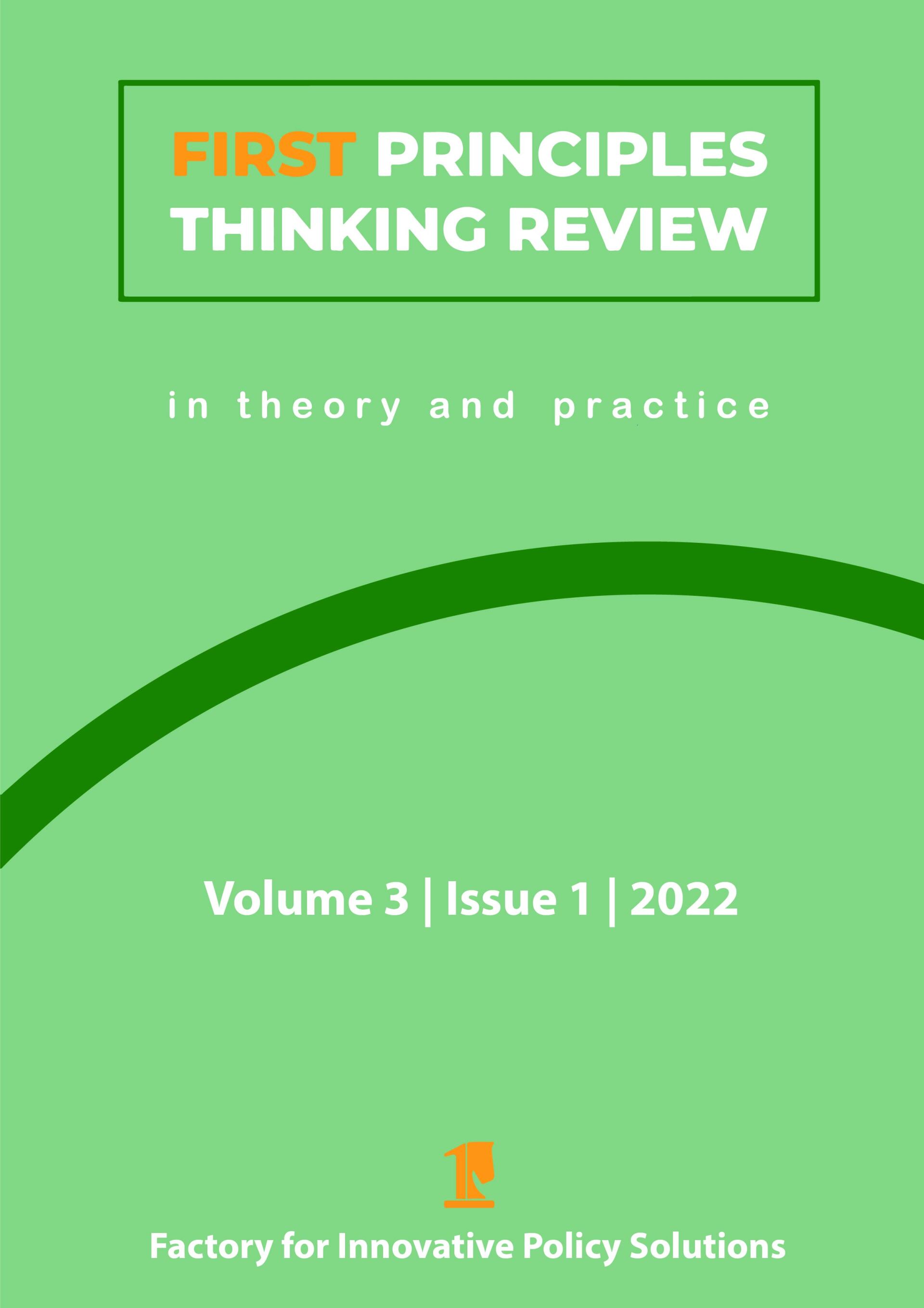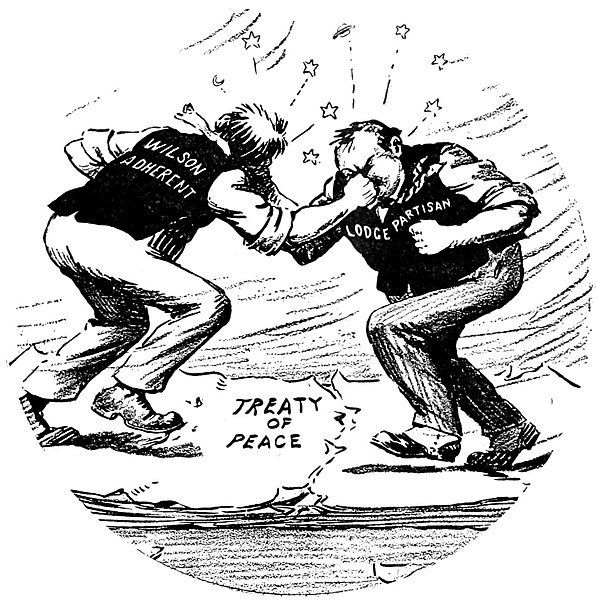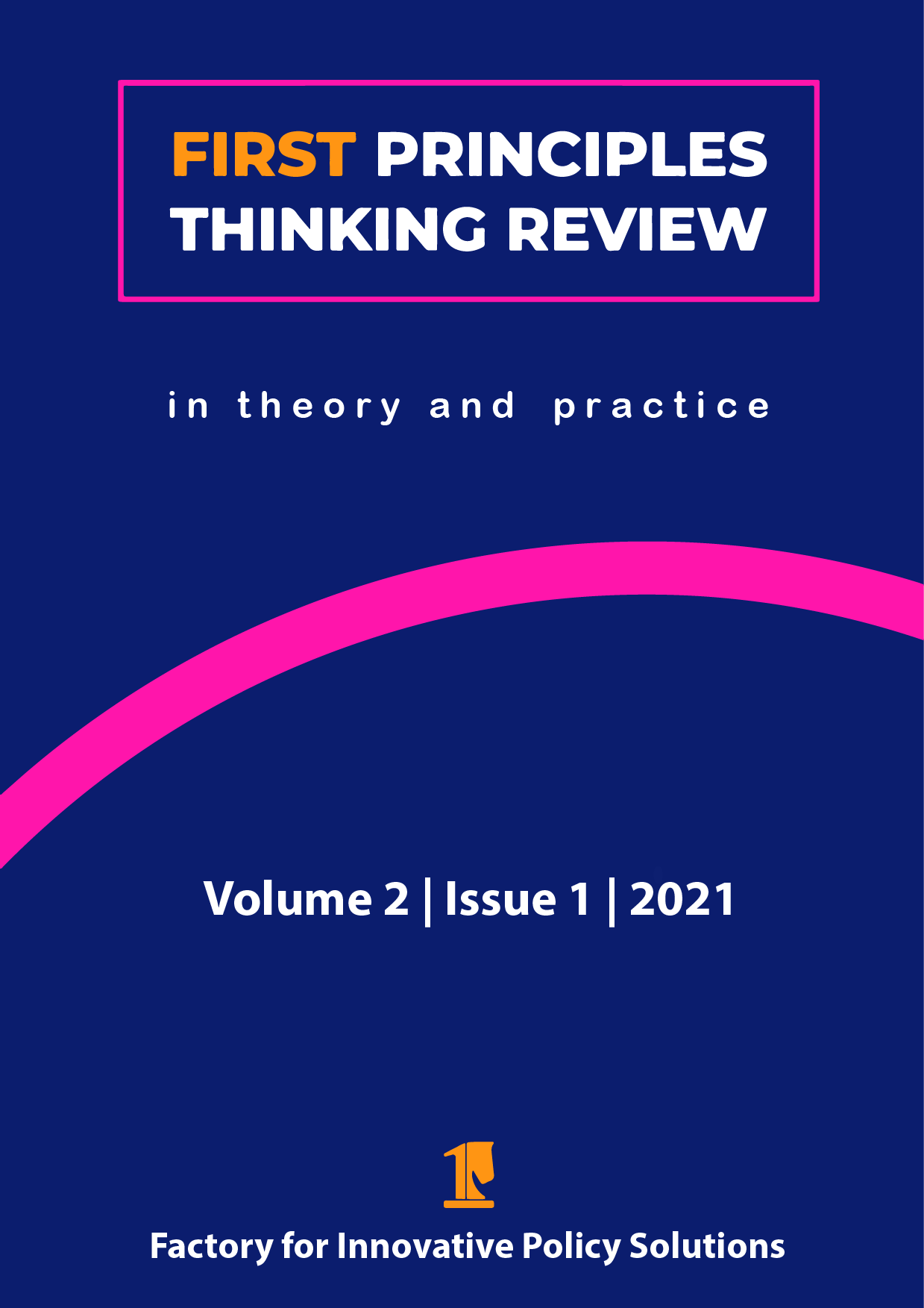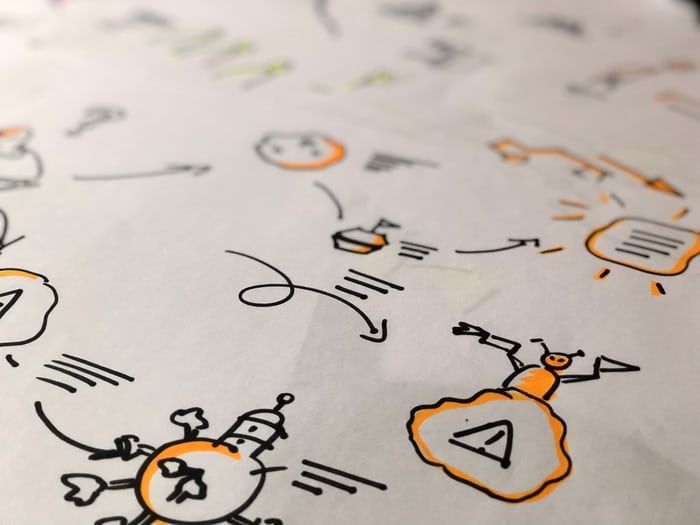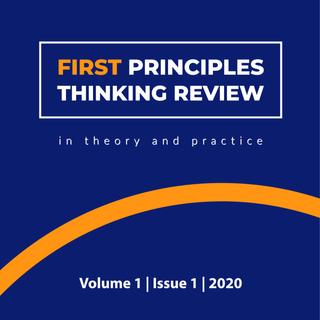First Principles Cleaning My Street
First principles thinking has been championed by many throughout history, ranging from philosophers to business leaders, from politicians to scientists. My first reaction was “This is all nice and good… but what does it mean for me?”. After some discussion it became clear to me that aside from the more grandiose applications, it can offer some tools to rethink a situation. Below you find how I developed a new idea on how to deal with a very local issue, on a beer coaster in a bar whilst discussing the topic with my friend.
1. Identify your objective
I am a resident of a larger city in Western Europe. Personally, I care deeply about the environment and try to separate my garbage, reduce my CO2 emissions and try to purchase sustainable products. When I look at my street, however, I see more garbage than I would like, and this annoys me. This led me to question why it seemed as if I cared more about environmental issues than did my neighbours. After some deliberation the answer was not that I was somehow a better person as many of my contemporaries like to believe; in my view it is because I started to personally identify with these values. I see my actions to be part of a bigger objective and feel empowered that I can organise my life in such a way that it contributes to something that I believe to have intrinsic importance, namely a healthy environment. Other people might have different beliefs that take the forefront in how they act and therefore make different choices. As the amount of trash in my street still really bothers me, the objective that I identified is: to make sure that there is less trash in the street.
2. List your obstacles
As for the obstacles, I took a hard look at my street and which factors might contribute to the situation as it stands:
- People throw too much trash in the street
- The containers that are close by are often full
- The municipality does not clean often enough
- There are many people that come to my street as it is home to a large supermarket and a mosque
These factors combined all have a possible influence on the given situation in my view.
3. Question your assumptions
Everybody has assumptions, and since I am not perfect, so do I. In this more self-confronting step of the first principles thinking method, it is important to say them out loud (or write them down as I am doing at the moment). Assumptions sometimes get a bad reputation when they get confused with unjust stereotyping or ignorance. Assumptions might also bring you closer to a solution, or in other words: you could be right! Additionally, they can also bring you a step closer to solving a factor that you had not even considered before starting your thought experiment and creating the problem-solving domino that you are looking for. In my case, my assumptions were as follows:
- People that walk through the street do not care for the street and how it looks
- The municipality does not care for the street
- The municipality does not have the funds to clean regularly
- When one container is full, people put their trash next to it, resulting in it ending up in the street
4. Uncover your first principles
Visitors to the mosque and supermarket litter the most. According to the first principles thinking method, to get to the core of these assumptions, I started asking questions: Where does the litter come from? The street I live on is diverse in cultural and ethnic backgrounds. Generally speaking, however, there are three groups of people that live here: native people that have been living on the street for generations, students, and people with a migration background (often these people are Muslims and regular visitors of the mosque at the end of the street).
From my personal experience (which may be biased as I have previously mentioned), it is especially this last group that litters the most. In their defence, this group is also disproportionately represented as the mosque attracts Muslims from the wider region that might not even live in the neighbourhood. Regardless of the reasons, a first principle appears to be: visitors to the mosque contribute the most litter.
I continue my search for first principles: Why do those walking through the street not care for the street? While this is more of a hunch than based on actual facts, I feel that many pedestrians might not be as passionate about sustainability and do not judge their own actions accordingly. I probably should have asked additional ‘why’ questions, but for the purpose of carrying on with this exercise I will go on and consider this to be another first principle. So what do these pedestrians care about? The success of the mosque, perhaps? This could be a third first principle.
5. Come up with new ideas
I try to find a reasoned ideal world in order to confront it with the current situation. In my case, I believe that due to the restraints that be, people have to be inspired not to put their garbage next to the containers or casually throw it on the sidewalk. And so I start asking additional questions: How can we make visitors to the mosque care about the tidiness of the street? What can we do so that the mosque benefits from a clean street?
As previously established, I have very strong feelings about environmental concerns; but at the same time this might narrow my sight for the concerns of others, whose ideas and actions are based on an entirely different framework. As the mosque is the most significant magnet for people to visit my street, I want to move from blaming its visitors to making it part of the solution.
Like the people who frequently come and visit the mosque, I think that many people care deeply about both the building and what it represents. This resulted in my idea to financially compensate the mosque for the litter it collects. This way, people do not have to be convinced, as I have been, of the importance of environmental sustainability in the same way that I do not have to be convinced of their aspirations and beliefs. By linking the two concepts together, environmental sustainability and the success of the mosque, they can strengthen each other instead of being in conflict.
6. Refine your ideas
It is easy to lose oneself in the idea. How do we make this tangible, and how do we make sure it does not have negative side effects that could be prevented? First we have to discuss scale. Do we want the mosque to collect all of the trash? – Would that not result in people bringing entire garbage bags?
Maybe we should start with objects that are littered the most, can clearly be attributed to their functionality (objects that people bring with them regardless) and can easily be defined in the collection. After all, we do not want to target the wrong people, and we do not want legal discussions when collecting the trash and granting the compensation.
In my mind this results in disposable plastic bottles, as they fulfil all criteria. They are among the most littered objects, they are clearly brought by people to drink from on their way and they are easy to identify when collecting them.
Conclusion
First principles thinking can be used in both abstract and tangible situations. I tried to use its characteristics to critically evaluate a situation I personally would like to see solved. The idea that I came up with is not necessarily the solution that the world has been waiting for; maybe you disagree with its effectiveness, maybe it is too expensive, maybe it is based on the wrong assessment of the situation, etc. It did, however, help me to come up with an idea on how to improve a problem from which we can start a concrete discussion to move forward.
Apply first principles thinking yourself?
Would you like to apply first principles thinking yourself and have your problem-solving experience published in the First Principles Thinking Review? Then be sure to check out the submission guidelines and send us your rough idea or topic proposal. Our editorial team would be happy to work with you to turn that idea into an article.
Share this page
Disclaimer : The views, thoughts and opinions expressed in submissions published by FIPS reflect those of the authors and do not necessarily reflect the views held by FIPS, the FIPS team or the authors' employer.
Copyrights : You are more than welcome to share this article. If you want to use this material, for example when writing an article of your own, keep in mind that we use cc license BY-NC-SA. Learn more about the cc license here .
What's new?
